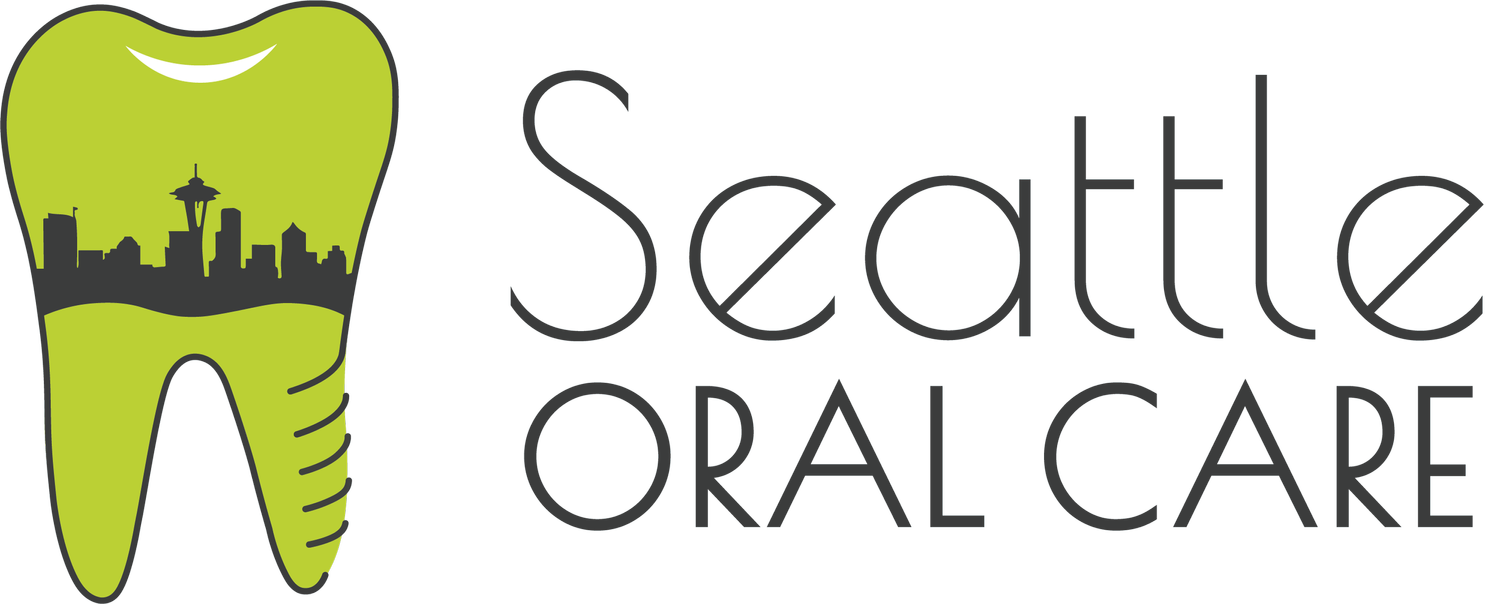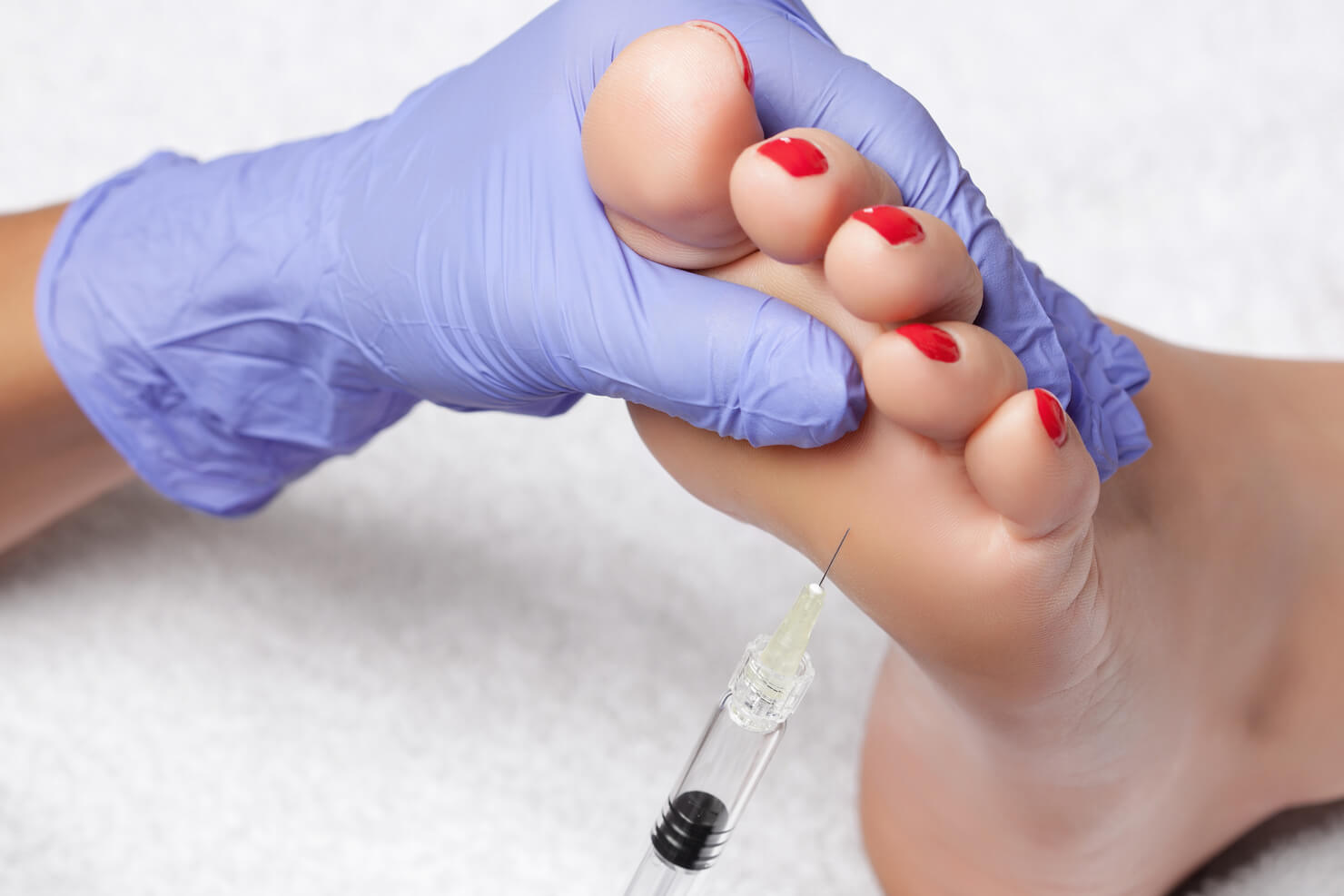Botox
Botox is an injectable medication that has the ability to temporarily relax muscles.
It is used to treat a variety of conditions including wrinkles, migraines, neck/muscle spasms, excessive sweating, and lazy eye. You may see improved facial appearance boosting your self-confidence and self-esteem.
How does Botox Work
Botox temporarily relaxes muscles by blocking the release of a chemical called acetylcholine, which is responsible for muscle contraction. This causes the muscle to relax, which can smooth out wrinkles, relieve pain, or stop muscle spasms. The effects of Botox typically last for 3-6 months.
Note that it is a prescription medication and should only be administered by a qualified healthcare professional.. It is not safe for everyone and can cause side effects, such as bruising, swelling, and pain at the injection site. It is important to discuss the risks and benefits of Botox with your Seattle Oral Care doctor before receiving treatment.
Reduce Your Wrinkles
By relaxing the underlying muscles that cause wrinkles, Botox can temporarily smooth out the appearance of lines and folds on the face, making it popular for cosmetic applications.
Why do Wrinkles Occur
Wrinkles and fine lines, especially on the forehead, frown lines, and crow's feet, are often caused by repeated muscle contractions over time. These contractions pull and fold the overlying skin, creating visible creases.
How does Botox Reduce Wrinkles
Botox targets the nerves that control those wrinkle-causing muscles. When injected into specific areas, it temporarily blocks the release of a chemical called acetylcholine, which normally carries the signal from nerves to muscles, telling them to contract.
With acetylcholine blocked, the targeted muscles can't receive the contraction signal, leading to temporary relaxation. This relaxation smooths out the overlying skin, reducing the appearance of wrinkles and creating a more youthful look.
Reduce Your Neck Pain
Botox can be used to treat neck pain caused by conditions such as cervical dystonia (neck spasms)
Why does Neck Pain Occur
When muscles in your neck or elsewhere go rogue, firing off erratic contractions, it can lead to painful and disruptive spasms. These spasms can be caused by neurological conditions like cervical dystonia (neck spasms) or even chronic pain syndromes.
How does Botox Reduce Neck Pain
Botox's ability to tame neck spasms (pain) hinges on its unique interaction with your nervous system:
When injected into the affected muscle, it temporarily blocks the release of a chemical called acetylcholine, the messenger that tells muscles to contract. With this chemical on hold, the muscle receives no "contraction orders" from the nerves, leading to a welcome state of relaxation.
As the targeted muscle relaxes, the spasms subside, easing pain and improving function. In the case of neck spasms, this can bring relief from discomfort and stiffness, making it easier to turn your head or hold your posture.
Reduce Your Migraine
How do Migraine Form
Migraines are complex, involving a cascade of events in the brain and nervous system. Painful triggers initiate a chain reaction, culminating in inflammation and vasodilation (blood vessel widening) around nerves in the head and neck. This, in turn, sends "pain signals" back to the brain, resulting in the throbbing head pain and other migraine symptoms.
How does Botox Reduce Wrinkles
Botox targets the nerves that control those wrinkle-causing muscles. When injected into specific areas, it temporarily blocks the release of a chemical called acetylcholine, which normally carries the signal from nerves to muscles, telling them to contract.
With acetylcholine blocked, the targeted muscles can't receive the contraction signal, leading to temporary relaxation. This relaxation smooths out the overlying skin, reducing the appearance of wrinkles and creating a more youthful look.
Reduce Excessive Sweating
Botox can be used to treat excessive sweating (hyperhidrosis) in areas such as the underarms, palms, and feet.
What is Excessive Sweating
Excessive sweating, also known as hyperhidrosis, can be a frustrating and embarrassing condition. It affects around 1-3% of the population. And, it typically affects specific areas like palms, armpits, soles of feet, and sometimes the face.
What causes Excessive Sweating
The cause is unknown, but it's believed to involve overactive nerve signals to the sweat glands, even when the body temperature isn't high.
Potential Causes include:
Medical conditions: Hyperthyroidism, diabetes, menopause, infections, neurological disorders, certain medications, and some cancers.
Medications: Antidepressants, pain relievers, and some hormones
Contributing Factors include:
Genetics: Studies suggest a potential genetic component to hyperhidrosis, making it more likely to occur in families.
Age: Hyperhidrosis often starts in childhood or adolescence and can improve with age in some cases.
Gender: Men are slightly more likely to experience hyperhidrosis than women.
Other factors: Spicy food, caffeine, alcohol, stress, anxiety, and fever
How does Botox Reduce Excessive Sweating
Botox reduces excessive sweating by tackling the problem at its core: the sweat glands.
Here's how it works: Normally, nerves trigger sweat glands to produce sweat when your body temperature rises or in response to stress or anxiety. These nerve signals rely on a chemical messenger called acetylcholine.
When injected into areas with excessive sweating, Botox disrupts the communication between those nerves and sweat glands. It does this by temporarily blocking the release of acetylcholine, the chemical that tells the glands to fire up and produce sweat.
With their "sweat orders" on hold, the targeted sweat glands enter a state of temporary dormancy. This significantly reduces sweat production in the treated areas, offering welcome relief from embarrassing wetness.
Benefits of Botox
Benefits
Benefits of Botox are many including:
The effects typically last for 3-6 months.
It is a non-invasive procedure with minimal discomfort.
It can temporarily treat a variety of conditions including wrinkles, neck pain, muscle spasms, excessive sweating.
It improves your self-confidence and overall appearance.
Note
It is not a cure or a permanent solution. It's a temporary treatment that requires repeat injections.
It does not work equally well for everyone. While it can significantly reduce frequency and severity for some, it might not offer complete relief in others.
However, for many people, Botox offers a safe and effective way to reduce the appearance of wrinkles and achieve a more youthful look.
Consult your qualified Seattle Oral Care dentist to explore if Botox is a suitable option for you. They can assess your individual case, determine the right injection points and dosage, discuss potential risks and benefits, and manage expectations realistically.
Difference
The
Patient First
We listen to you, understand your problem, educate you on different options, and address your concerns for a happy, healthy you.
Complete Experience
We focus on the Complete Experience from initial appointment to your post-treatment maintenance to improve your quality of life.
Deep Expertise
We leverage our deep Expertise in Implants, Invisalign, and Sleep Medicine to provide you a high quality, lasting treatment.









